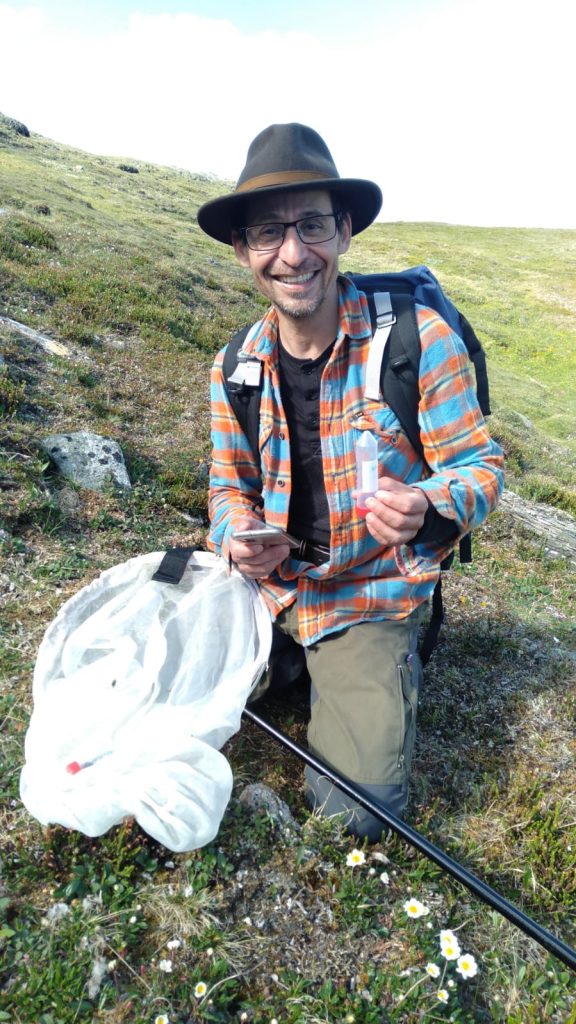DR. ERNESTO RESTREPO
“There are two ways of coming to know a machine: one is that the master who made it should show us its artifice; the other is to dismantle it and examine its most minute parts separately and as a combined unit… and…since the brain is a machine (Descartes, 1664), we need not hope to discover its artifice by methods other than those that are used to find such for other machines…I mean the dismantling of all its components, piece by piece,and consideration of what they can do separately and as a whole” Nicolaus Steno 1669 (Swanson, 2000)
Nicolas Steno statement entailed that biological problems can be explained because bodies can be dismantled and examined in its minute parts. The method is simple, take away pieces from the body and the observed changes should reveal a specific type of cause-effect about what the missing parts performed. “A fundamental problem of this strategy is how to identify the basic components upon which everything else depends? (Montero 2009). The question amount to unveil what makes a component basic (having a special set of persistent properties) and how such properties are related to other not basic parts. For biologists the basic functional components of organisms are cells. A diversity of cells communities form tissue and organs and finally the complex arrangement of organs knit the organism. Although cell components are fundamental components parts, one can wonder what are the cells basic component parts ? Cells themselves are composed of organelles, these are minimal arrangements of molecules able to carry a subset of cell functions. We could advance further to atoms and so on. In fact being able to imagine that things are made of small parts is not as complicated as it is to imagine what maintains them togethers.
As we saw above, Steno suggested treating the bodies as an unknown machine. Then removing and manipulating parts should eventually reveal causal interactions among the parts. Physicists instead started by cracking stones and finding out how far could they could go. Others tried to find out what sort of rules applied to broader regular phenomena, for example the fact that things fall, or the fact that the planets move in predictable trajectories. Newton for instance evidence invisible interactions by showing that mathematical relations accurately predicted interactions among phenomena. Neurosciences are far from a type of “newtonian revolution” and the study of the insect brains clearly shows us how little we know about how organisms deal with complex environments.
Dr. Emily Baird is interested in understanding how insects can extract and apply multimodal sensory information in different foraging environments. My interest and goals is to support the development of the innovative methodological studies in Baird laboratory by integrating anatomical and neurophysiological results aiming to describe the link between the sensory world of animals and how the brain uses such information to guide behaviour in different environments. I share Dr. Baird’s interest for an integrative approach. It is not possible to know an organism only by knowing its brain. In order to understand animals we need to explore its body and its ecological constraints.
I was trained in the development of anatomical and physiological methods that allow the functional characterization of neuronal circuits. Using calcium imaging, I will explore bumblebees brain correlate activity in support of ongoing ethological approaches.

